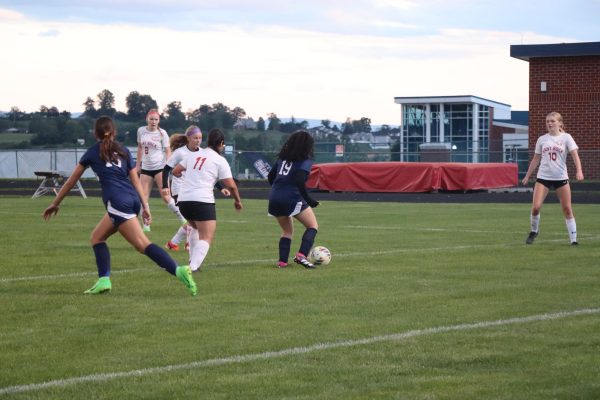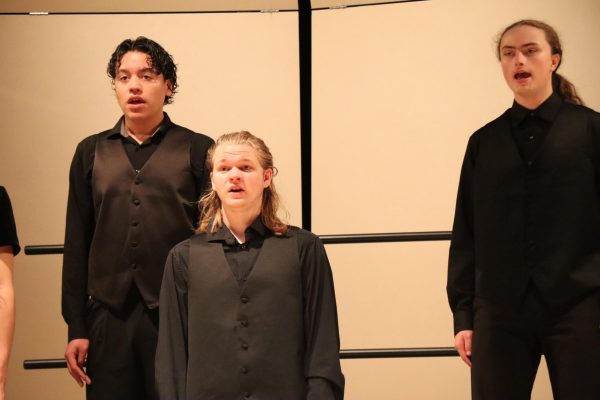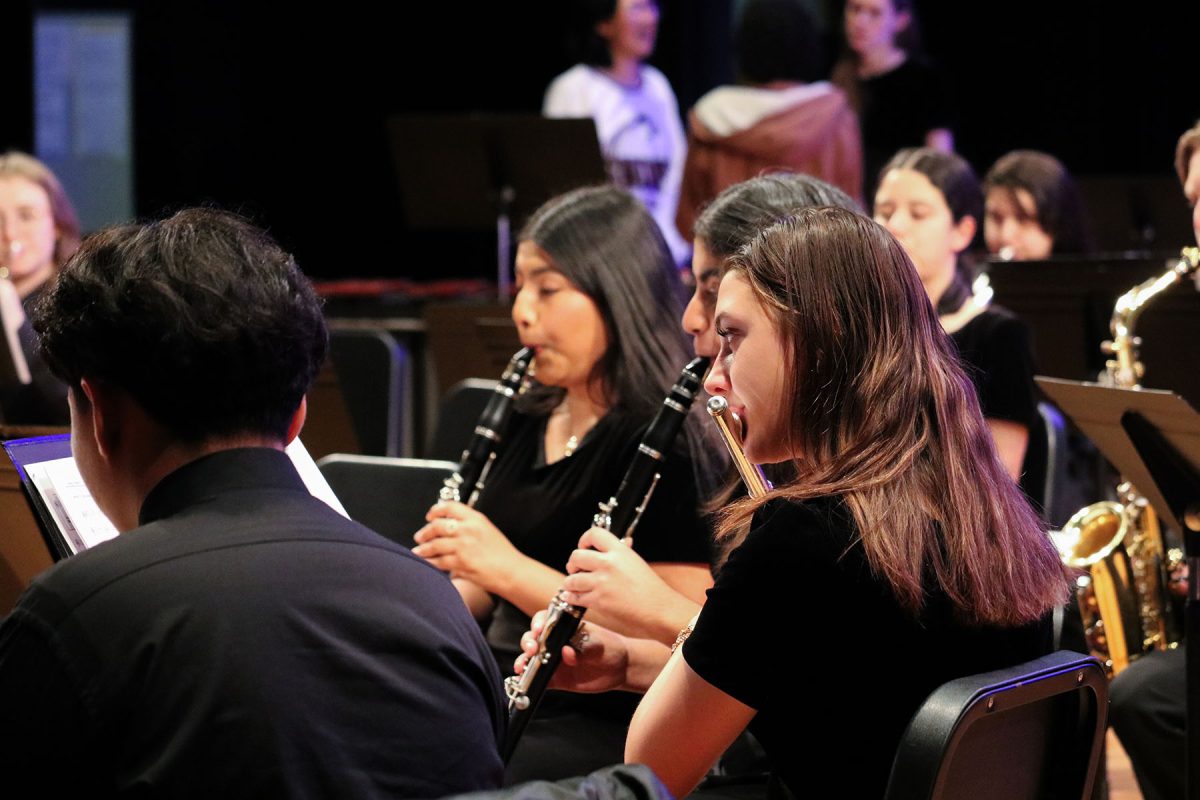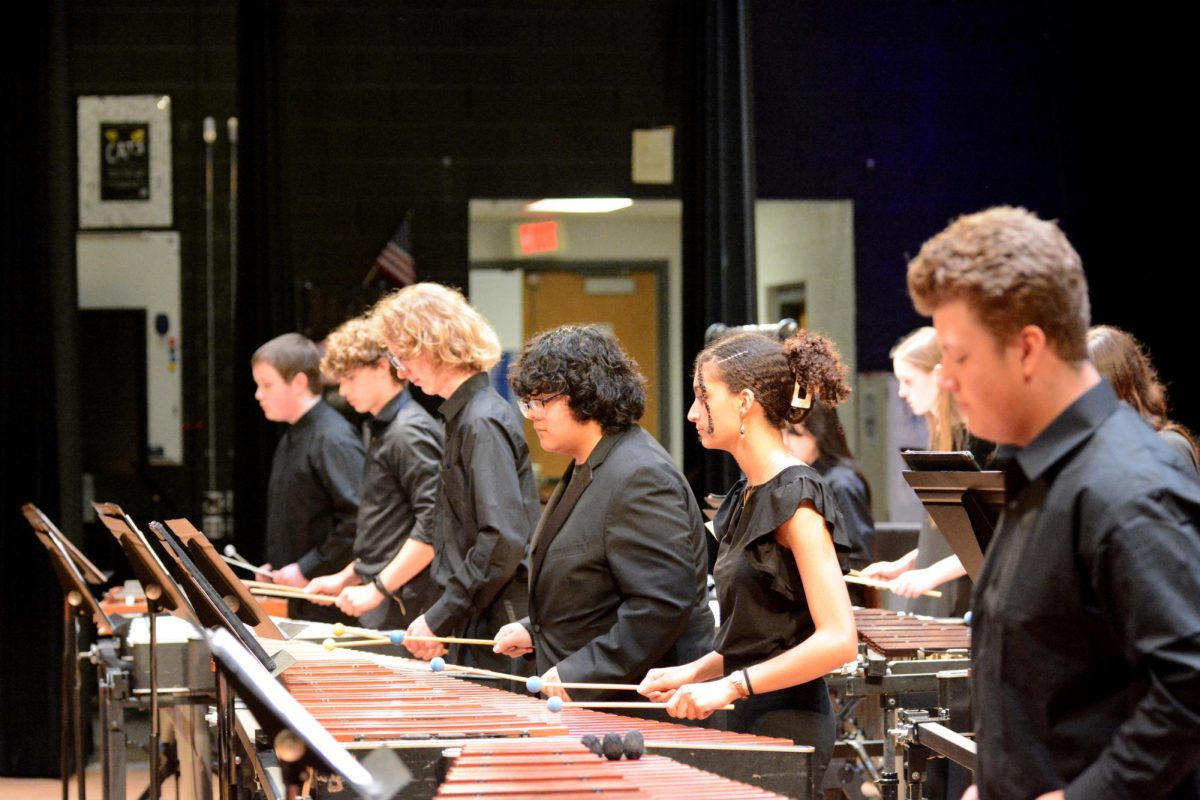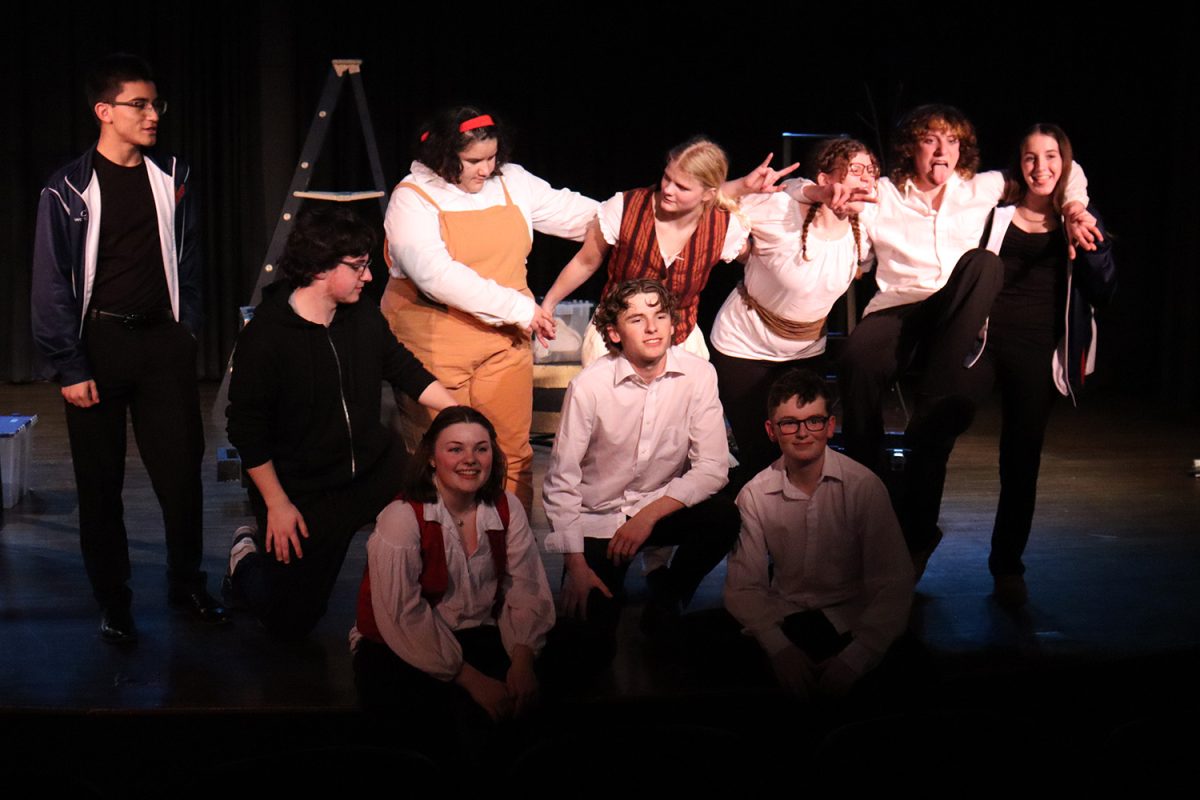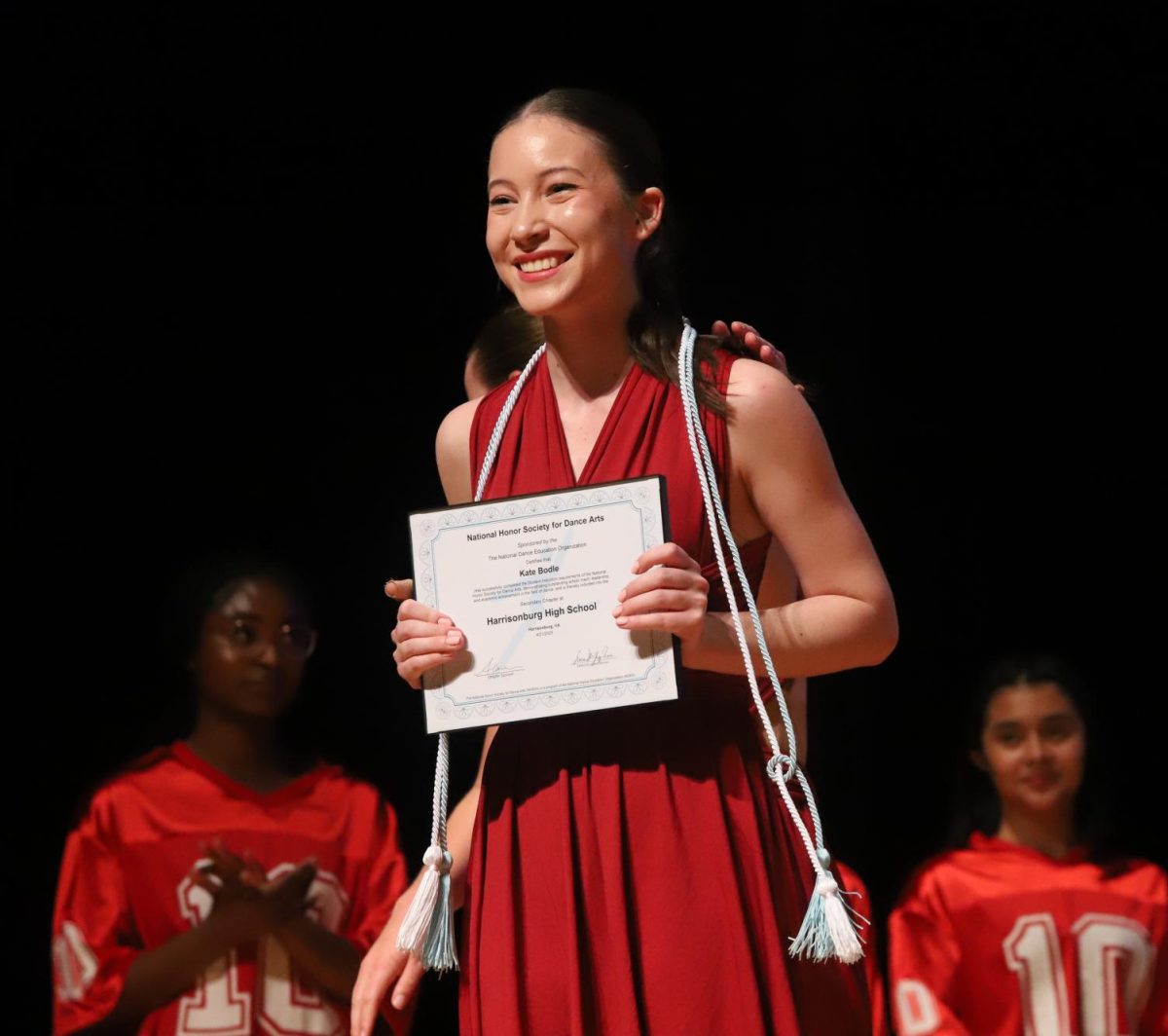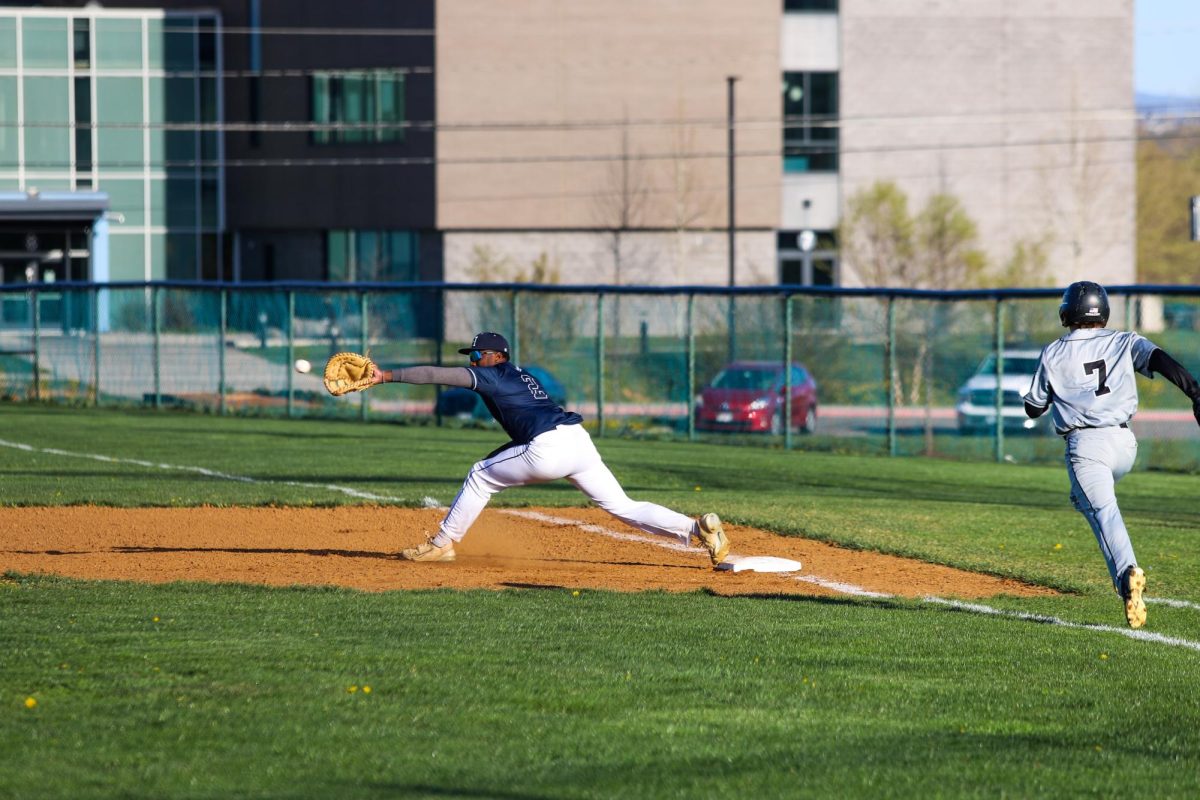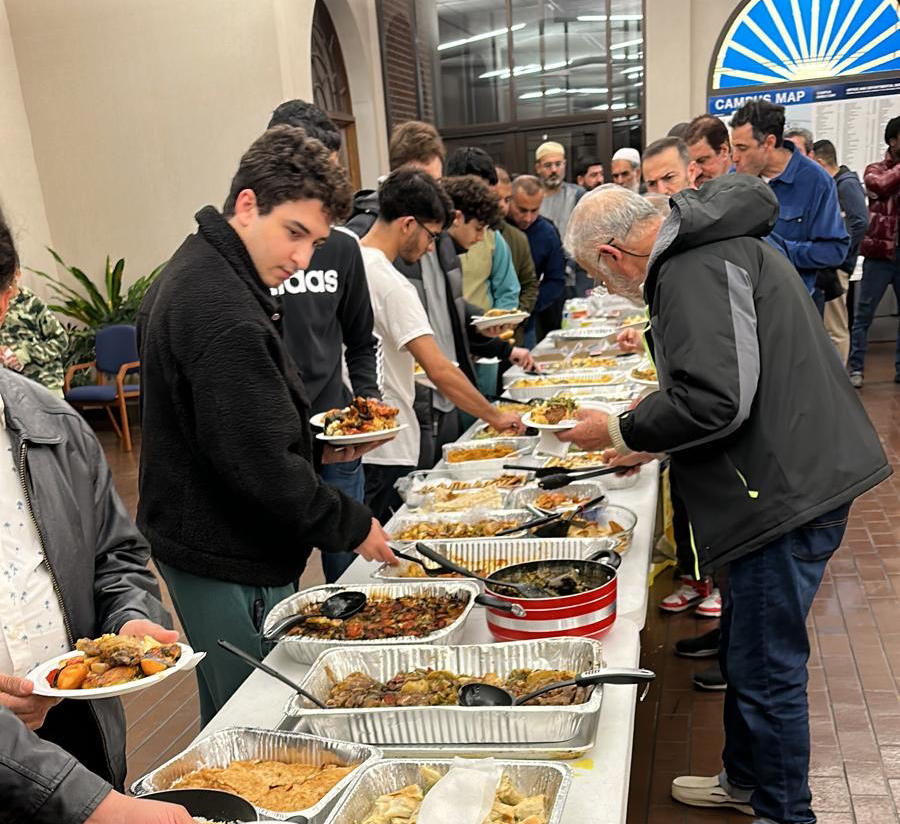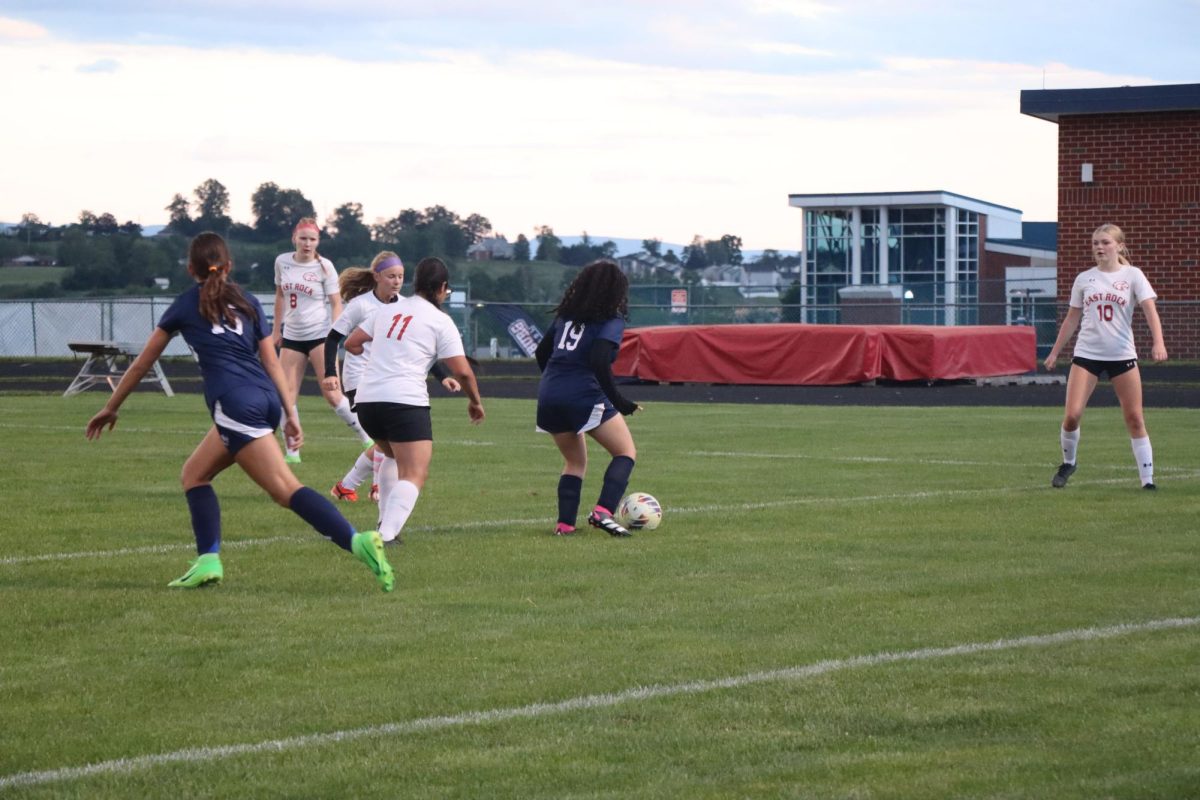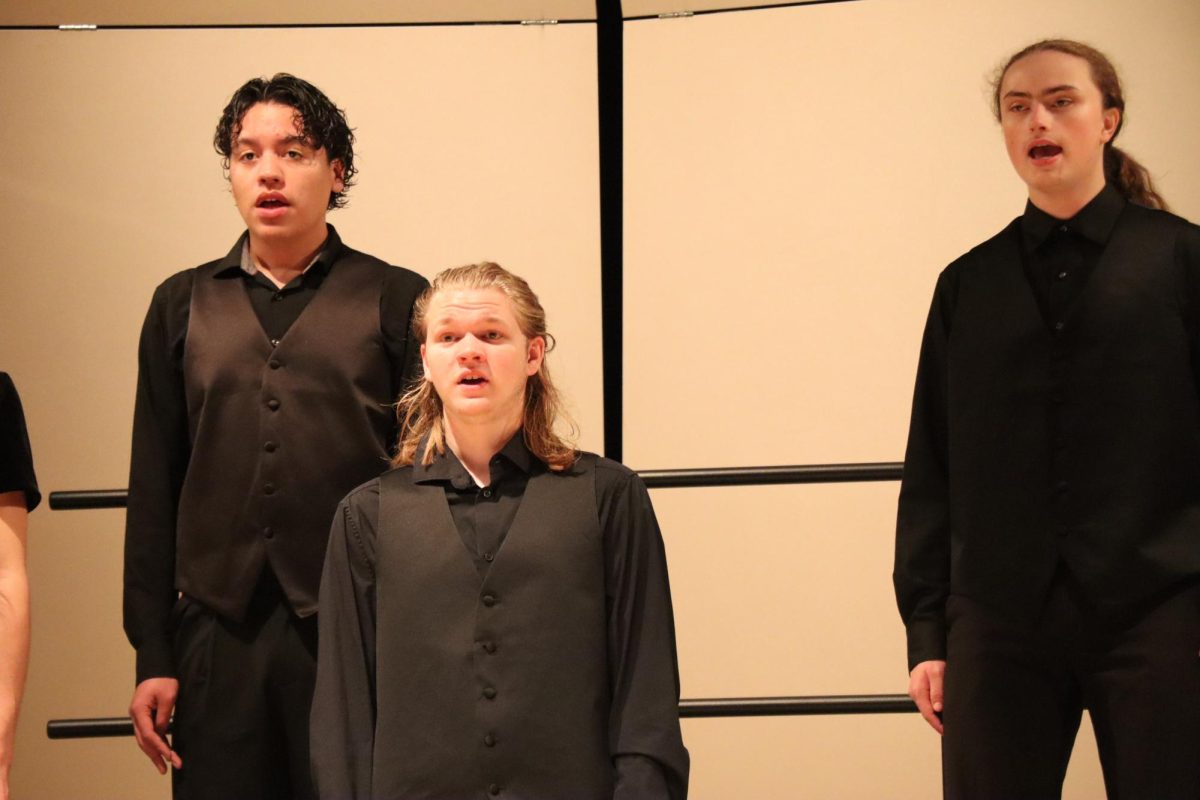HCPS administrators implement changes moving into second semester
January 29, 2021
As the first semester comes to an end, the Harrisonburg City Public School School Board and staff are revisiting and revising the plan for certain students to return to in person schooling.
“The return to school plan was presented in December. The big change was to definitively discuss and define the parameters on which we would bring more students into the school. It spells out what the conditions are, and what it will look like when more students are able to come back to school. It’s predicated on science and on the CDC guidance we have received related to risk and safety,” Lintner said.
Throughout the first semester, the administration worked to provide students and families with the resources needed to be able to successfully work in the online setting.
“One of the things that we have really tried to do is to make sure that all students can be connected to learning and that involves a lot of outreach and a lot of technological support for families. Initially it involved a lot of connectivity issues, wifi etc. so we purchased all kinds of devices that we placed in homes to allow students to be connected to their learning virtually. On top of that we have created spaces in school where students can do virtual learning in school because some of them need that connectivity. In addition, some students need the extra help of structure,” Lintner said.
Along with providing for students through the schools, Lintner and other staff have created opportunities for younger students to have access to different types of activities and guidance.
“We’ve facilitated through partnerships opportunities for primarily elementary students to go to different satellite locations where they can do their virtual learning, have childcare and enriched learning activities. Those partnerships include Second Home, Boys and Girls Club and Horizons Learning Foundation,” Linter said.
For the upcoming semester, schools will fill to 30% for certain students who have difficulties or issues concerning their learning outside of their control.
“We recognized that we hadn’t fulfilled the full 30% that the school board had designated as the ceiling. Additionally, we’ve identified many students who have really struggled in online learning and so the real attempt is to try and get disengaged students in. It’s not necessarily willfully disengaged, it’s students for whom there have been barriers of one sort or another to learning and to really trying to get some students in the building to support them. We’re not mandating that we have 30% but what we’re saying is that we need to be thinking about these students and opening the doors and trying to find staffing to accommodate more students,” Lintner said.
Lintner recognizes the groups of students who have additional obstacles that come with learning at home. He knows that prioritizing these groups of students will be beneficial to having a more successful outcome for the year.
“The other group that we think about a lot are the early childhood students who have missed out on some of the formative reading instruction. For students who are learning English as a second language, being isolated at home is a real challenge because you don’t have a lot of peers, people who you learn from explicitly and also ambiently just by being around the language. There’s a lot of students who are missing out on that so early on we anticipated that and that was one of our identified groups to really try to make an effort to try and get them into face to face learning,” Lintner said.
In order to identify these groups of students who need extra support, superintendent Dr. Michael Richards assembled a group of people to organize the hierarchy of students who would need to go back in person first.
“What they worked on was trying to identify which students they anticipated would have the greatest challenge with an online learning environment. That’s how they created a rubric that then we could objectively go back and say look this student fits this need, this student fits that need. That was created over the summer, prior to this plan being fully developed, I asked them to revisit that because everything needs to be somewhat dynamic and to see if there were any changes,” Lintner said.
Lintner encourages students to maintain hope and connect with teachers or administrators if a problem arises.
“I think that persistence is really the only way you get through these kinds of hurdles but also reaching out is part of the way that real persistence is manifested, through outreach to others, to peers and to staff. No student should feel like there’s not enough resources for them so it’s just a matter of talking to the right people. If you’re not getting the answer or the support that you need in one place never stop asking the next place,” Linter said.
In addition to home or social surroundings issues, Lintner hopes to assist students who may be having issues with technology.
“If they are experiencing technology problems that we can help with we definitely want to help with those. Many students are experiencing challenges with online learning for reasons that are beyond their control whether it’s a life situation, a family situation or health situation and just know that we all believe that students have clean slates to start over. Nobody really completely hit the end of the road and I think that spirit is what will keep us having resilience and is what will keep people moving,” Lintner said.
Lintner understands the difficulties that students and families have felt throughout the year, however has faith that all will conquer the hardships that have been presented.
“I will recognize that what is lost is immeasurable. We will never fully know what was lost this year but our goal is that students will persist and they will overcome this year and that they will thrive this year in certain ways that were unanticipated,” Lintner said.



